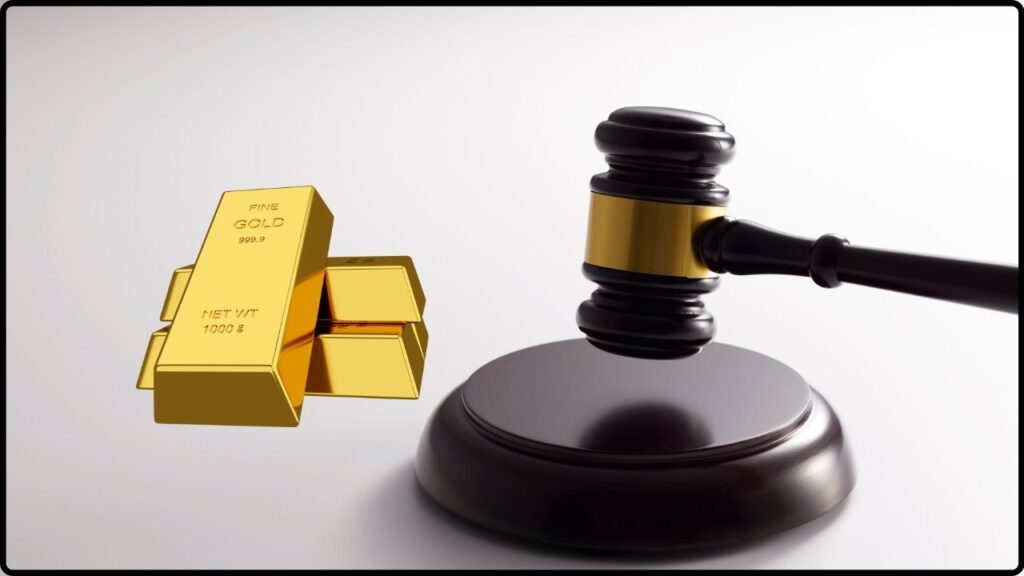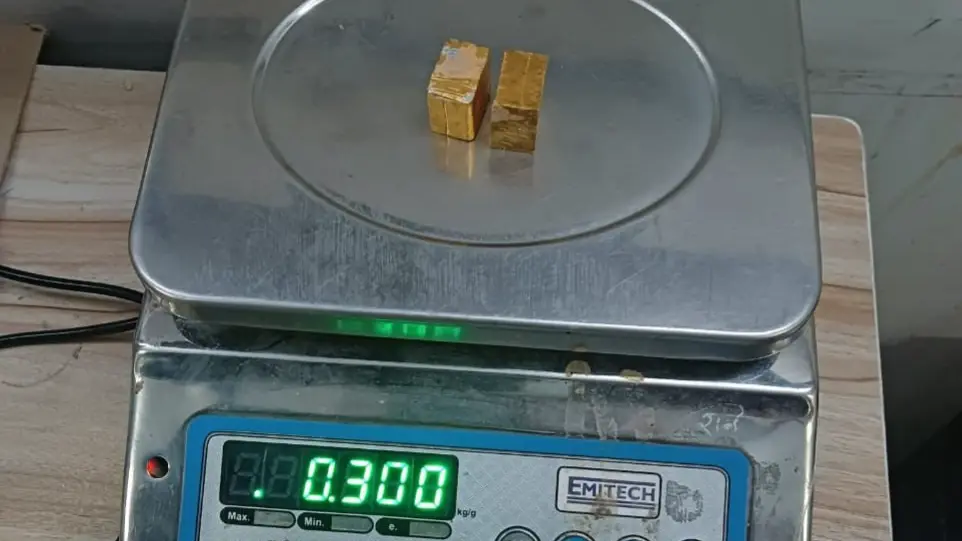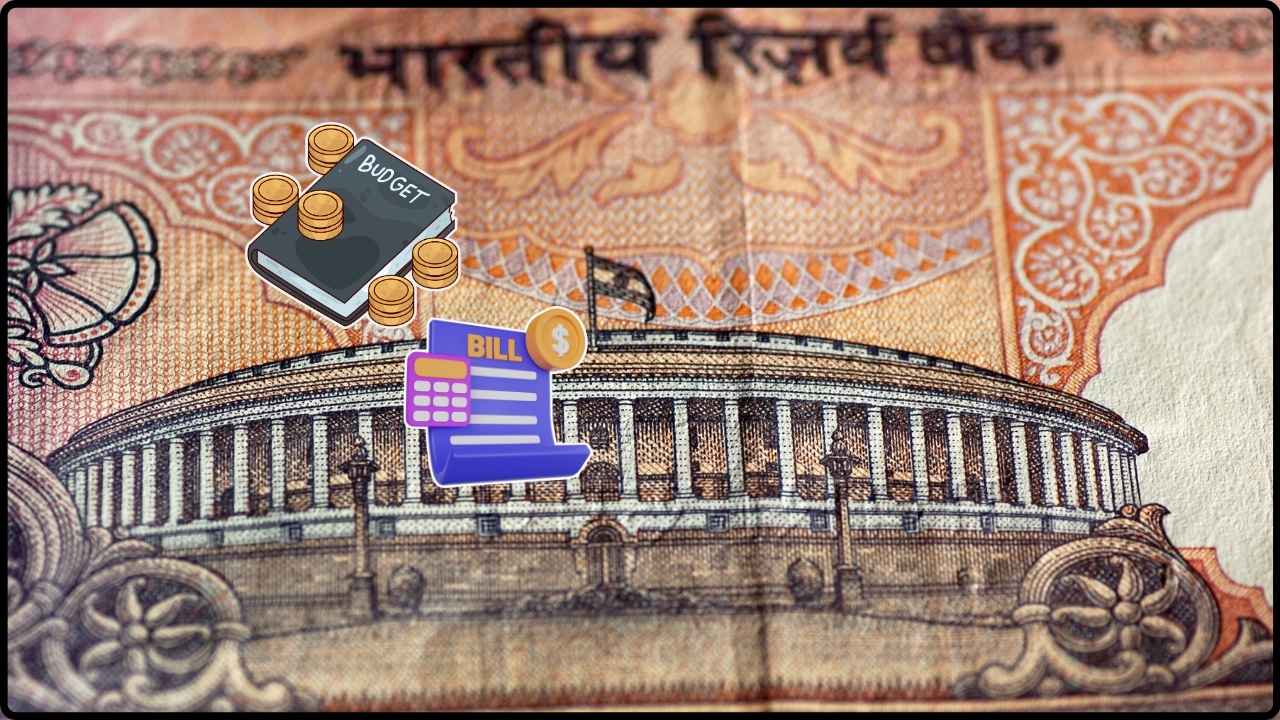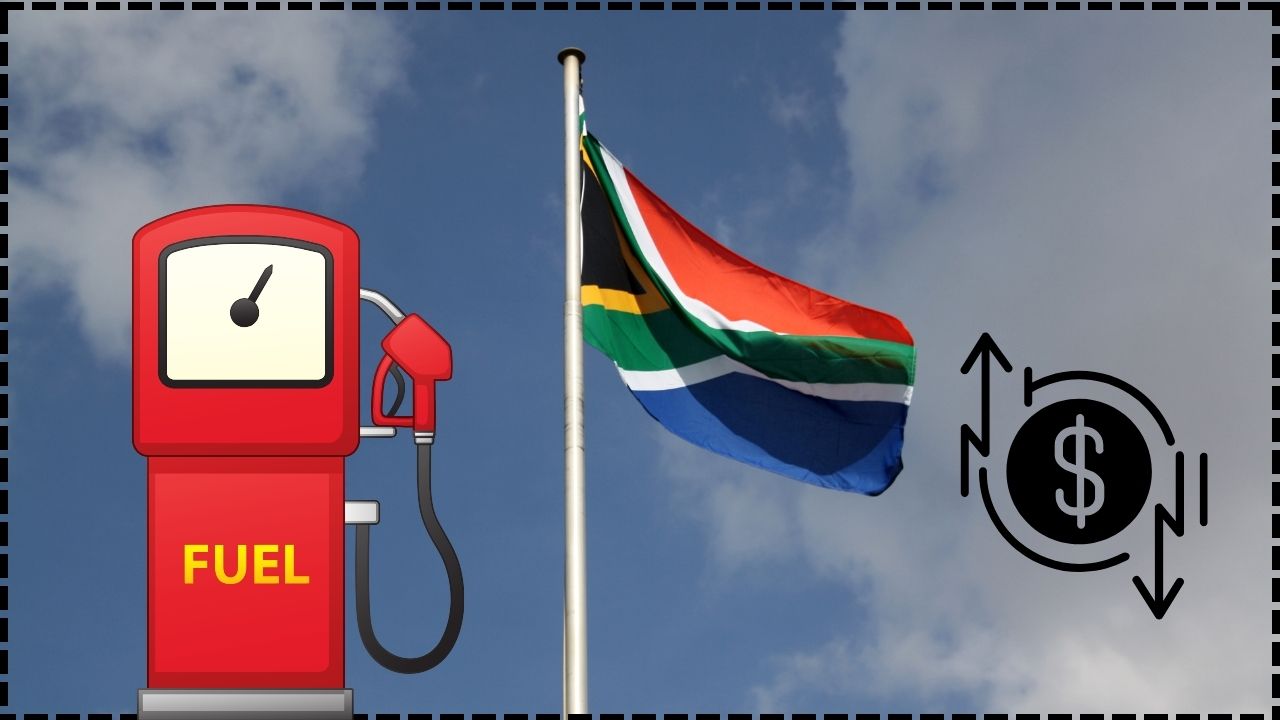Gold Bar Drama: In the complex and often mysterious world of legal disputes, a recent case involving two gold bars, a lawyer, and a disputed possession has garnered significant attention. The Delhi High Court’s intervention, focusing on a lawyer’s alleged withholding of gold bars, serves as a reminder of the intricate relationship between legal professionals and their clients—and the importance of transparency and ethical behavior. Let’s take a deeper dive into this case, how it unfolded, and what we can learn from it.
Gold Bar Drama
The gold bar drama highlights several important lessons about legal ethics, the importance of clear communication, and the effectiveness of mediation. With the Delhi High Court’s intervention, the situation is set to be resolved without the need for a prolonged courtroom battle. Whether you’re a client or a lawyer, this case reminds us that disputes can often be resolved more effectively outside of court, through cooperative solutions like mediation. Legal professionals, in particular, can learn from this case, ensuring that they follow ethical guidelines and prioritize transparency in their dealings.

| Key Detail | Information |
|---|---|
| Case Overview | Alleged withholding of gold bars by lawyer after customs release |
| Customs Seizure | Gold bars seized at Delhi airport in December 2023 |
| Legal Involvement | Advocate Aman Kumar Yadav involved as Husain’s lawyer |
| Payment for Gold Release | ₹7 lakh paid to secure release of gold |
| Court’s Action | Delhi High Court refers case to mediation |
| Mediator Appointment | Advocate Rajesh Jain appointed as mediator |
| Mediation Fee | ₹1 lakh, to be shared equally by Husain and Yadav |
| Mediation Date | Date to be determined by parties involved |
| Official Delhi HC Judgement | Link to the judgment document from the Delhi High Court |
Context of the Gold Bar Drama: Gold Bars Seized at Delhi Airport
The journey of these gold bars started in December 2023 at the Indira Gandhi International Airport in New Delhi. Customs officials seized the bars as part of their regular operations to curb illegal smuggling. It wasn’t just any ordinary gold seizure. The two gold bars, reportedly valued at a substantial amount, had been smuggled into the country illegally. As per the regulations, the bars were seized and held by the customs department.
Jakir Husain, the petitioner in this case, sought the release of these bars, claiming that no formal Show Cause Notice had been issued. According to his petition, the bars were unlawfully detained, and no official document justified their seizure. His argument rested on the fact that he was unaware of any legal infraction tied to the gold, thus demanding its immediate return.
Lawyer’s Role and the Drama Unfolds
Enter Advocate Aman Kumar Yadav, Husain’s appointed lawyer, who became central to the dispute. In a twist that added layers of complexity to the case, it was revealed that the gold bars had been released to Yadav in July 2025 after a payment of ₹7 lakh was made for their release. But, here’s the catch: despite the bars being in his possession, Yadav allegedly failed to return the gold to Husain, causing a growing sense of mistrust.
Yadav’s failure to hand over the bars raised eyebrows and raised the question: What was the lawyer’s duty in this matter? The client’s complaint was clear—his lawyer had withheld the gold. Whether intentional or not, this situation reflected poorly on the legal profession’s ethical standards.
The Delhi HC’s Intervention
When Husain approached the Delhi High Court again to demand the return of his gold, the court took a fresh look at the matter. During hearings, the court found that while Yadav had been in possession of the bars, Husain had failed to disclose this crucial information in his petition. Instead, he had framed his argument as if the bars were still under the custody of the customs authorities. This led the court to conclude that Husain’s petition was not maintainable.
However, recognizing that this issue was not one of broad legal or criminal importance but more of a private dispute between a lawyer and a client, the Delhi High Court referred the matter to mediation. Mediation, the court reasoned, was the best course of action, offering a quicker, more personal, and cost-effective solution for both parties. The court appointed Advocate Rajesh Jain as the mediator, emphasizing the need for amicable resolution.
Why Mediation Was the Best Option?
Mediation, in this case, serves several purposes:
- Faster Resolution: Court proceedings can take years, especially for private disputes. Mediation speeds up the process.
- Lower Costs: Legal battles can be expensive, involving heavy lawyer fees and court costs. Mediation cuts down on these expenses.
- Preservation of Relationships: Husain and Yadav have a professional relationship. Instead of escalating the dispute, mediation offers a chance to preserve their working relationship.
- Confidentiality: Mediation offers a private space for parties to air grievances, unlike court trials, which are often open to the public.
Thus, mediation stands out as an ideal tool for resolving conflicts between clients and their legal representatives, especially in sensitive matters like this.

Lessons for Legal Professionals
For legal professionals, this case presents several valuable lessons:
- Transparency is Key: Both lawyers and clients need to maintain full transparency throughout the legal process. Husain’s failure to mention the gold’s possession delayed the resolution, and ultimately, it harmed his position.
- Clear Documentation: Always ensure that transactions, payments, and releases are properly documented. In this case, the customs department’s documentation and Yadav’s actions were key to understanding the situation.
- Professional Ethics: Lawyers have an ethical obligation to handle client property with care and transparency. This situation underscores the importance of following ethical standards and avoiding actions that might raise doubts about a lawyer’s integrity.
- Consider Mediation for Disputes: The success of this case in terms of mediation should encourage legal professionals to consider mediation as a go-to tool for resolving client disputes. It’s efficient, cost-effective, and can help avoid drawn-out litigation.

The Bigger Picture: The Role of Mediation in Legal Disputes
This case is a perfect example of how mediation is transforming the way legal disputes are handled. In the past, many legal disputes, even relatively minor ones, would go straight to court. The legal process was often adversarial, expensive, and lengthy. However, over the last few decades, mediation has become an increasingly popular tool for resolving disputes, particularly in family law, commercial contracts, and now, even client-lawyer issues.
In fact, mediation is part of a growing trend toward alternative dispute resolution (ADR). ADR methods like arbitration, negotiation, and mediation allow for creative, non-litigious solutions to disputes, saving time and resources for everyone involved.
Legal Precedents and Laws at Play
Several legal precedents are relevant to this case, especially regarding the handling of client property by lawyers. The Bar Council of India has laid out clear rules for advocates’ conduct, and the rules require lawyers to act in good faith and return property to clients promptly. Failing to do so could result in disciplinary actions against the lawyer involved.
Additionally, the Customs Act governs the process for releasing seized goods, and the Delhi High Court upheld the importance of showing proper evidence when claiming the release of such items.
Rs 44 Crore Customs Evasion Exposed: Bombay HC Grants Anticipatory Bail in Walnut Import Scandal
“We Can’t Afford This”: Thozhi Hostel Residents Crushed by Sudden GST-Powered Rent Hike
Retrospective Penalties in CENVAT Credit Dispute: CESTAT Clears the Air with Landmark Ruling










